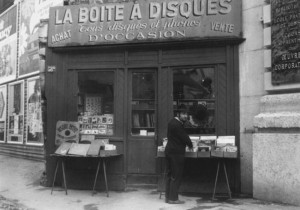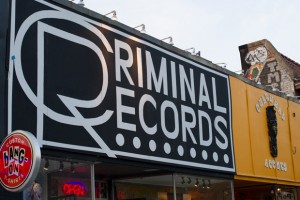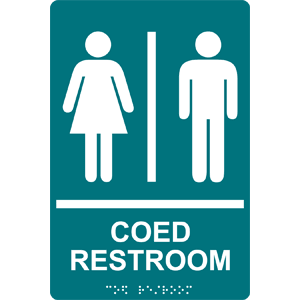
It has become apparent in recent years that the time upon us is one of gender transformation. Male and female roles are constantly being challenged, both culturally and scientifically. One of the groups who influences these changes are designers, which are who Suzanne Tick focuses on in her article: “His and Hers: Designing for a Post-Modern Society”. Designers are always up to date on the latest trends; it is their job after all. Instead of turning their heads to look the other way, some are helping to promote these changes (Tick, lines 4-6).
The fashion and design industry are predominantly shaped and run by men, however, as Tick puts it, “…recent events are pointing to a new wave of feminism” (line 13). A recent speech made by actress Emma Watson encouraged men to join to effort to promote gender equality. One of the places where these barriers are being shed is the workplace. With the whole globe attempting to be more “green” the designs in the workplace have swayed more towards a feminine taste in design. Tick gives examples such as more daylight, windows, softness in interiors, and an open floor plan (lines 20-22). It is changes such as these that are sparking designer’s attention to turn to their own work and make a change that caters to society.
Tick links the rapidly changes fashion industry to the confusion of gender roles in today’s world. She states that, “…androgyny has become commonplace,” androgyny meaning both masculine and feminine (Tick, line 29). With these changes occurring rapidly, designers have began to offer an alternative for those in the LGBT community. For example, masculine style has become more prominent in some lines of women’s clothing, like Alexander Wang. Some brands of makeup, such as Annemiek van der Beek, have designed makeup that is more desirable to the male customer. Designers cannot fail to embrace these changes when colleges and schools all over the nation are catering to them (Tick, lines 33-34).
Tick uses CEO of United Therapeutics, Martine Rothblatt, as a source of some great insight on the gender role changes. Rothblatt was originally born male; she transitioned in 1995. She defied social norms and became the highest paid female executive in the United States. Tick includes a quote in her article that really fit in with her message, “There are five billion people in the world and five billion unique sexual identities” (Rothblatt, The Apartheid of Sex). Tick goes on to write that some corporations have adopted these changes and have co-ed bathrooms to make all employees feel comfortable (lines 40-42). Creating reliable spaces where anybody can go to operate are an important step in the new movement going on around us.
In the world of fashion and design, vast changes are being made and it is a big step for our world today. In an industry that never stops developing to the latest trends, it is nice to see it evolving in a way that makes people from all walks of life feel welcome. Hopefully the action that has been made in the fashion world will trickle down to the rest of society and open people’s minds, and our culture will become one in which everyone can have their own individuality (Tick, lines 57-58).
Work Cited
Tick, Suzanne. “His & Hers: Designing for a Post-Gender Society – Metropolis Magazine – March 2015.” Metropolis. Accessed February 23, 2016. http://www.metropolismag.com/March-2015/His-or-Hers-Designing-for-a-Post-Gender-Society/.






